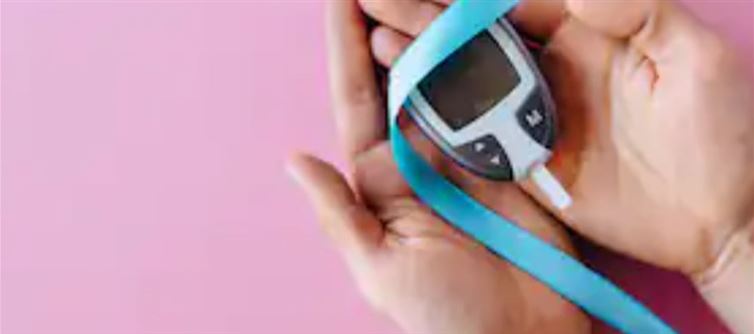
Introduction
Regular monitoring of blood pressure and cholesterol at home plays a vital role in preventing serious health complications.
These checks help identify risks early, lowering the chances of heart disease, stroke, and kidney damage.
Symptoms such as fatigue, dizziness, or vague discomfort often hide underlying issues, which routine checks can uncover.
Silent Numbers, Loud Consequences
High blood pressure and high cholesterol are often called “silent killers” because they rarely cause noticeable symptoms.
Relying solely on annual health check-ups may not be enough to detect changes early.
Just like tracking weight or daily steps, home monitoring has become an essential preventive habit.
From Gadgets to Guardians
Affordable and easy-to-use wallet PLATFORM' target='_blank' title='digital-Latest Updates, Photos, Videos are a click away, CLICK NOW'>digital blood pressure monitors and cholesterol kits empower people to track health at home.
Key practices for effective monitoring:
Measure at the same time of day.
Ensure you are in a rested state.
Record readings consistently to spot patterns.
Patterns matter more than isolated readings; a gradual rise signals the need for early medical advice.
This proactive approach can prevent complications before they turn serious.
Psychological Benefits of home Monitoring
Tracking at home increases patient engagement in their own care.
People are more likely to adopt lifestyle changes when they see the impact on their numbers.
Examples of changes triggered by self-monitoring:
Reducing salt intake.
Eating a healthier diet.
Walking or exercising regularly.
Younger adults, who may think heart health is only a concern for later life, become more motivated and proactive.
When Small Checks Spark Big Changes
Prevention in healthcare is built on small, regular habits, not dramatic measures.
Home monitoring acts as an early-warning system and a safety net.
Just a few minutes each week with a monitor can protect years of healthy living.




 click and follow Indiaherald WhatsApp channel
click and follow Indiaherald WhatsApp channel